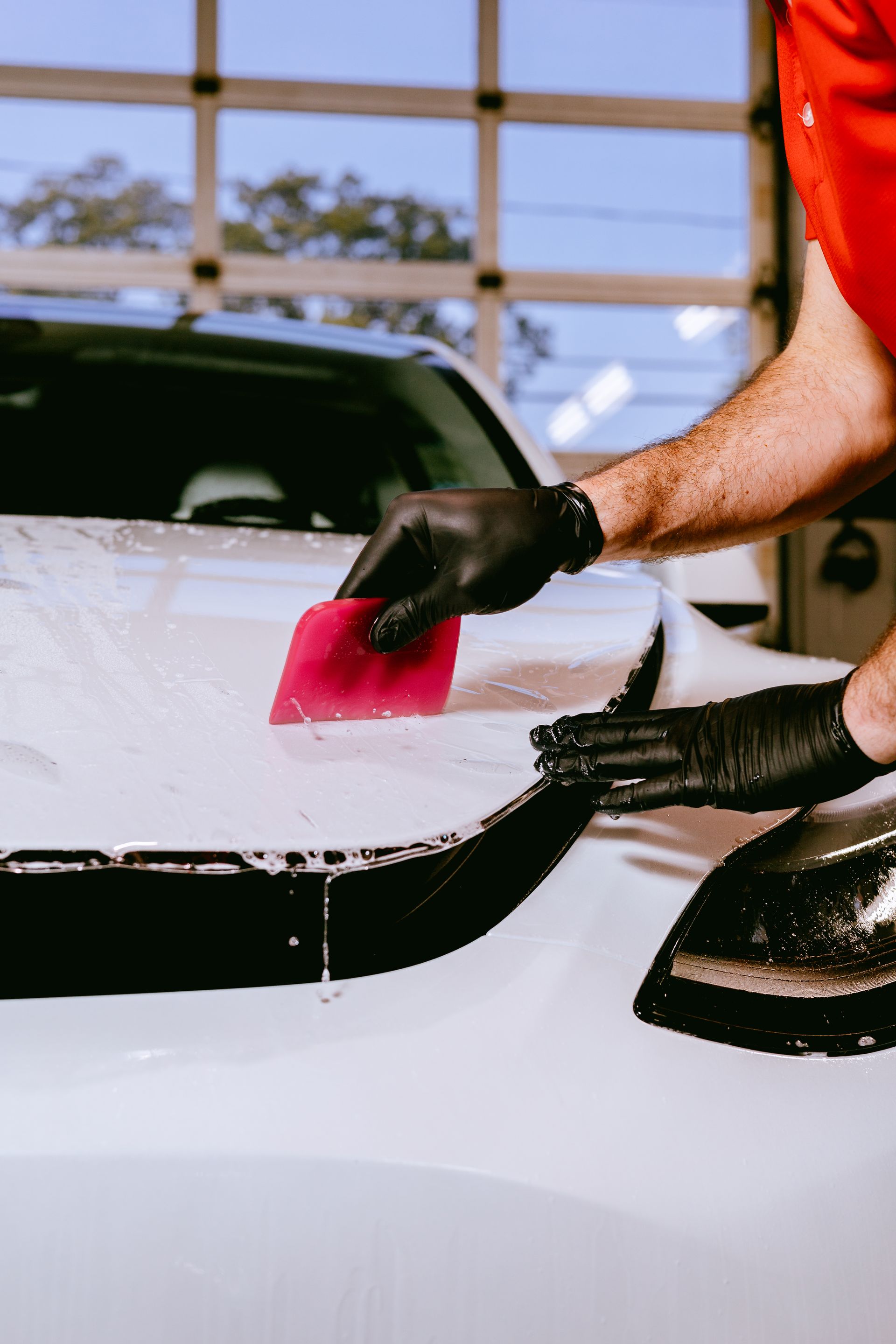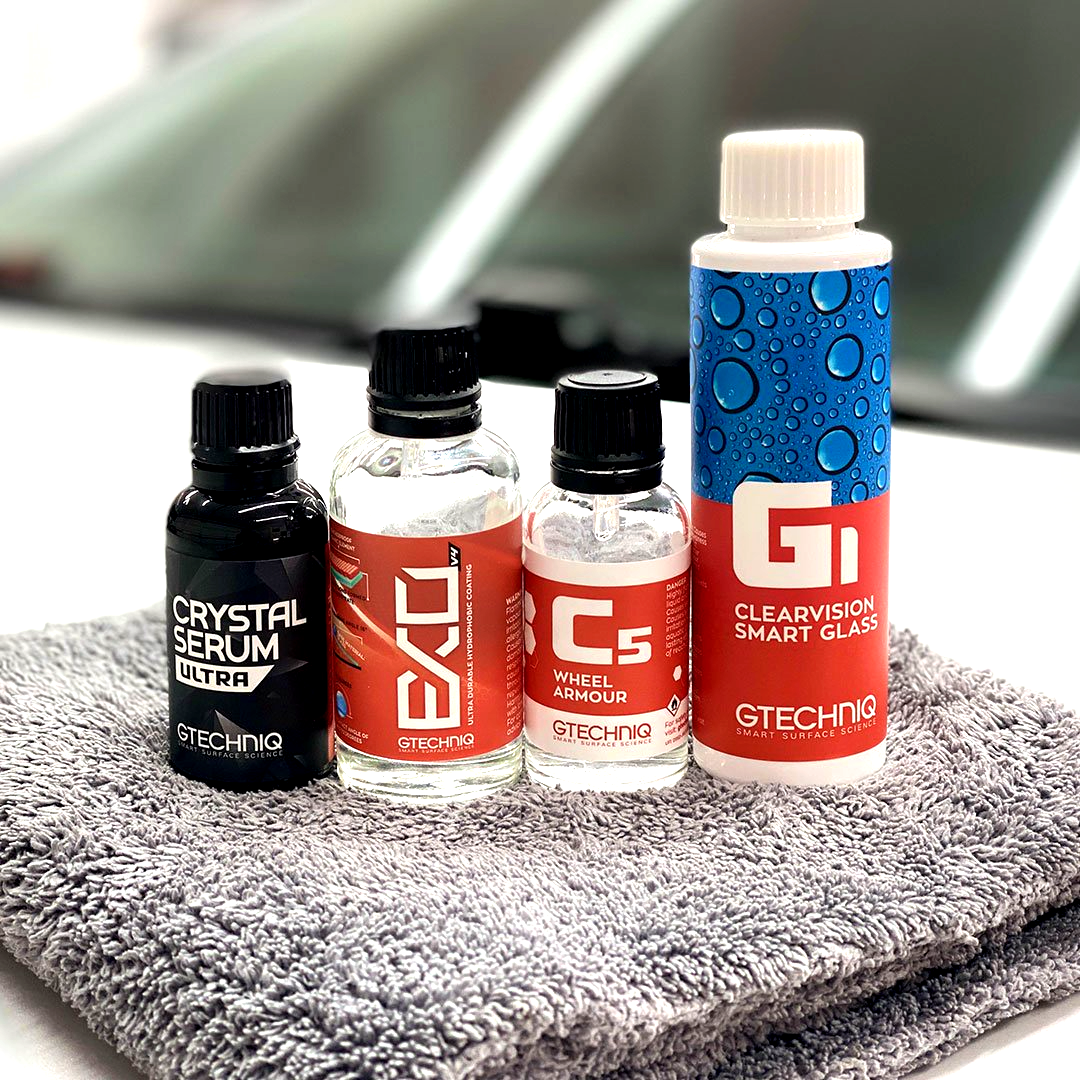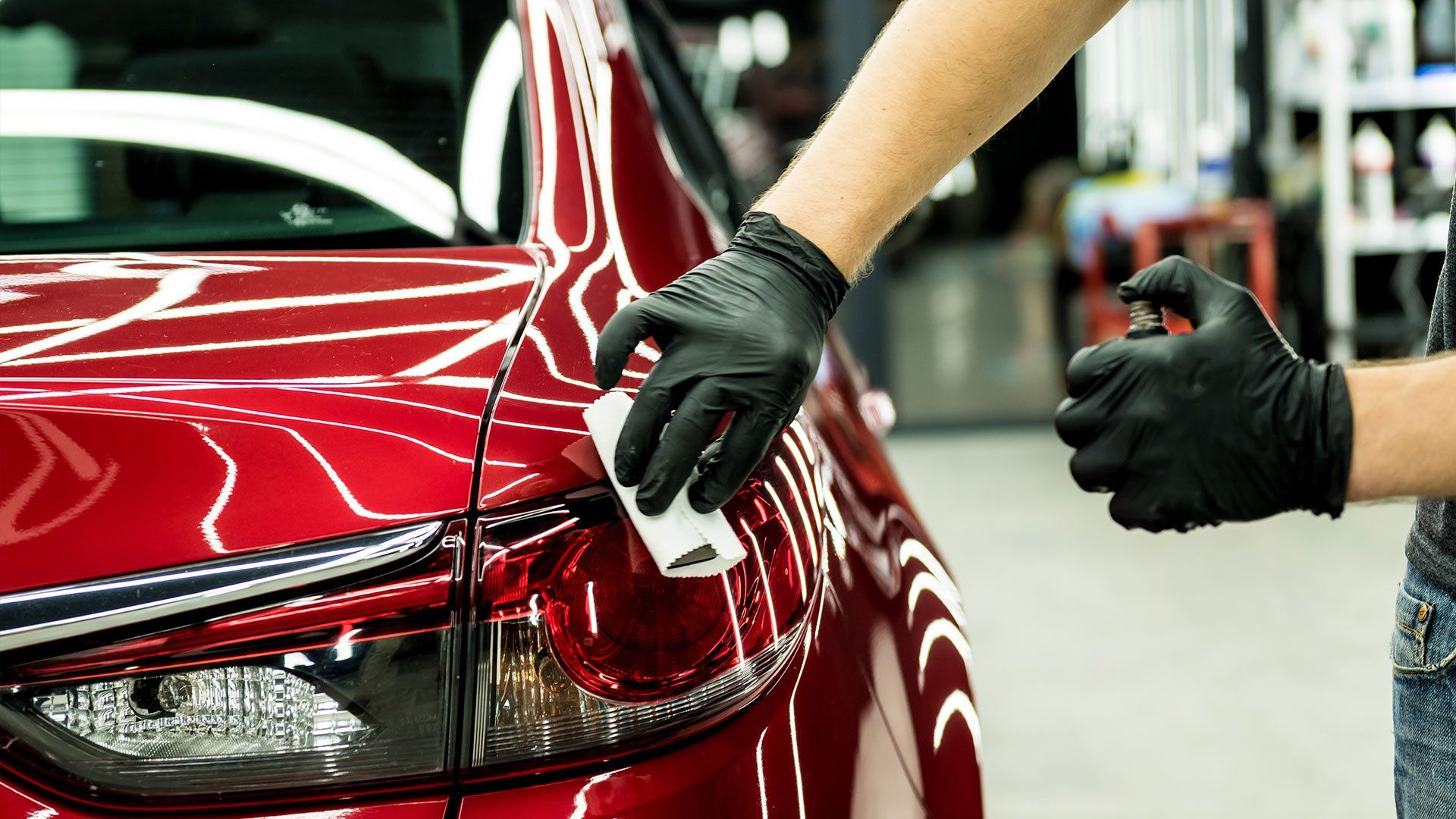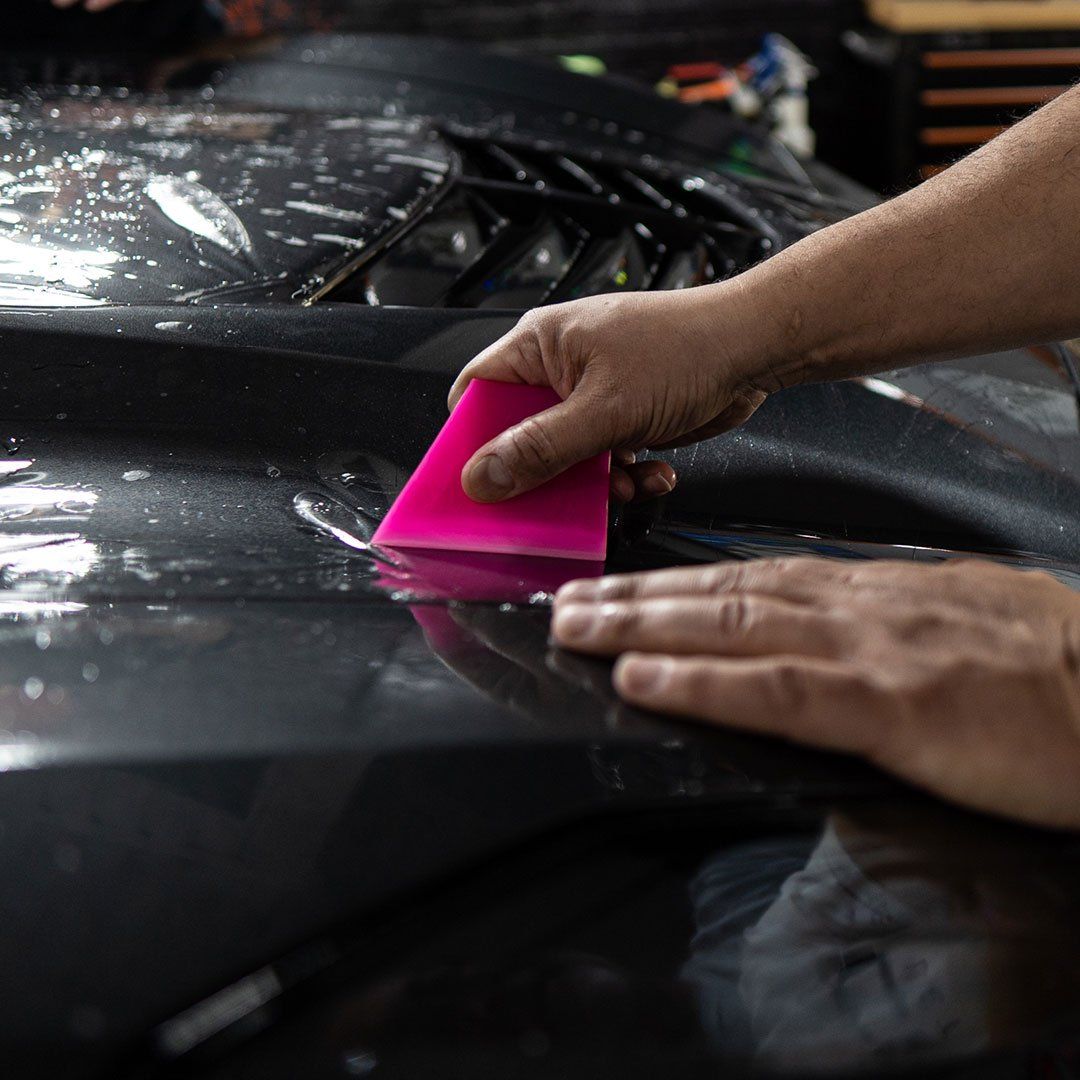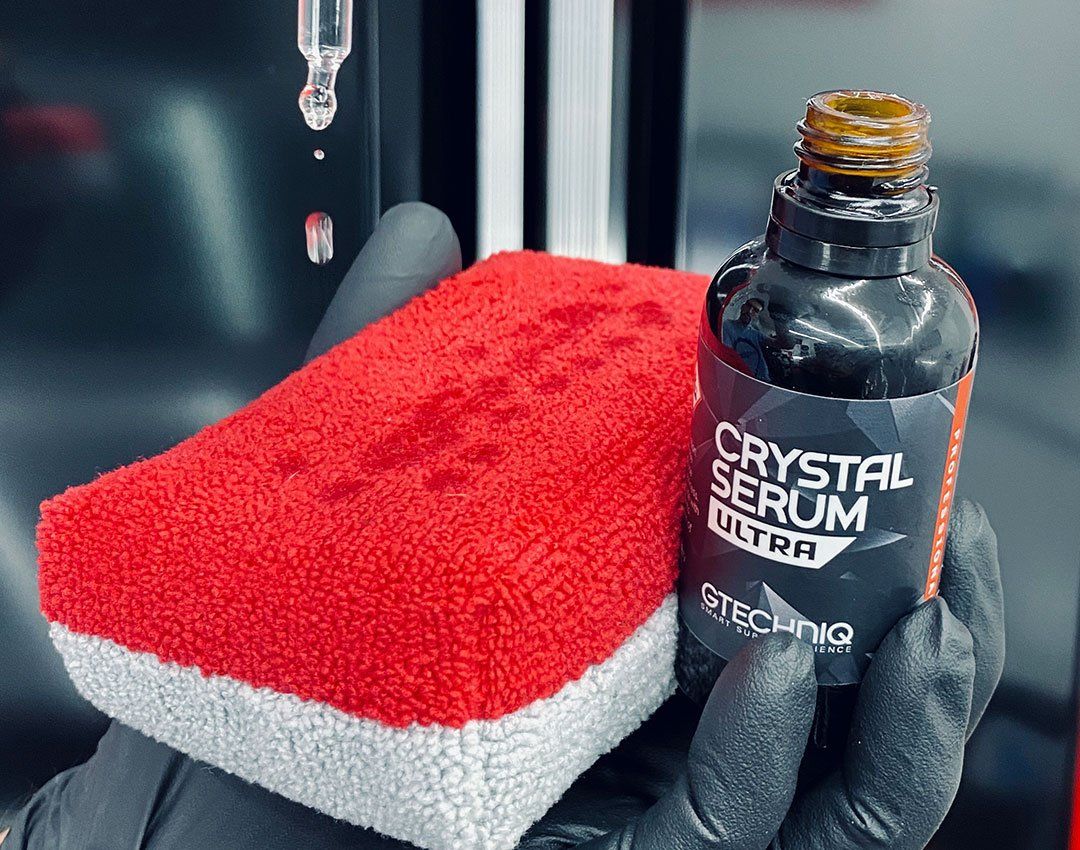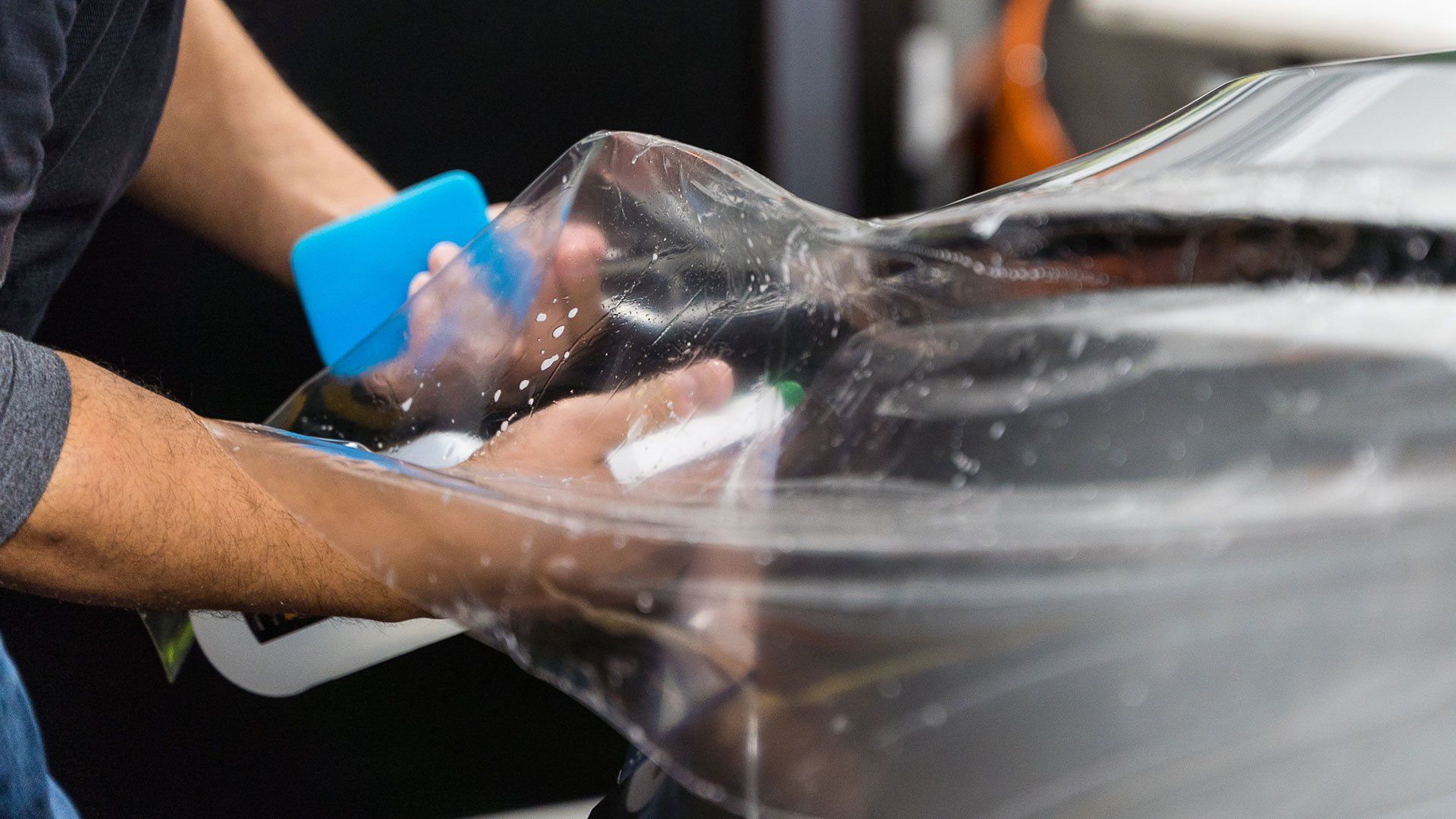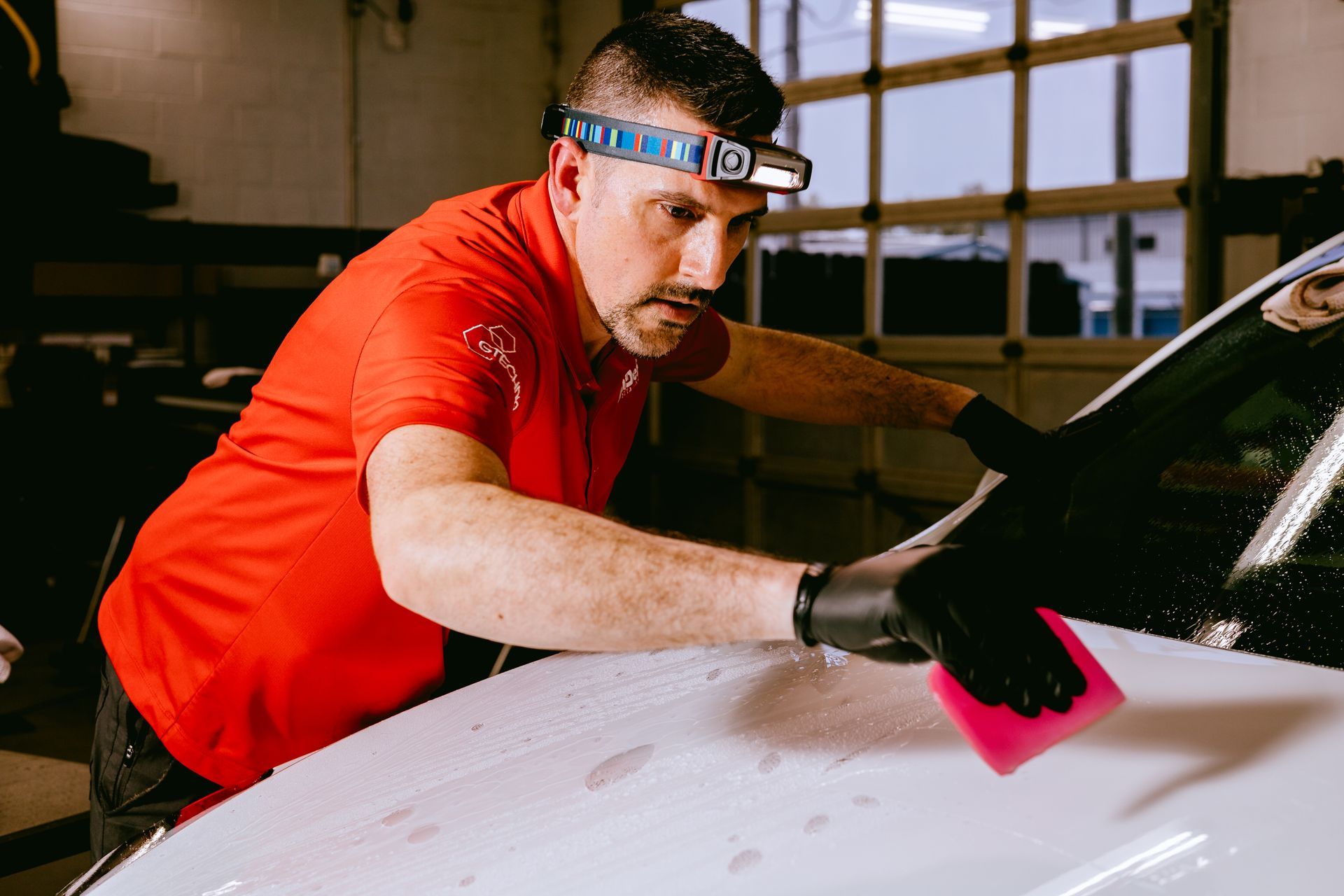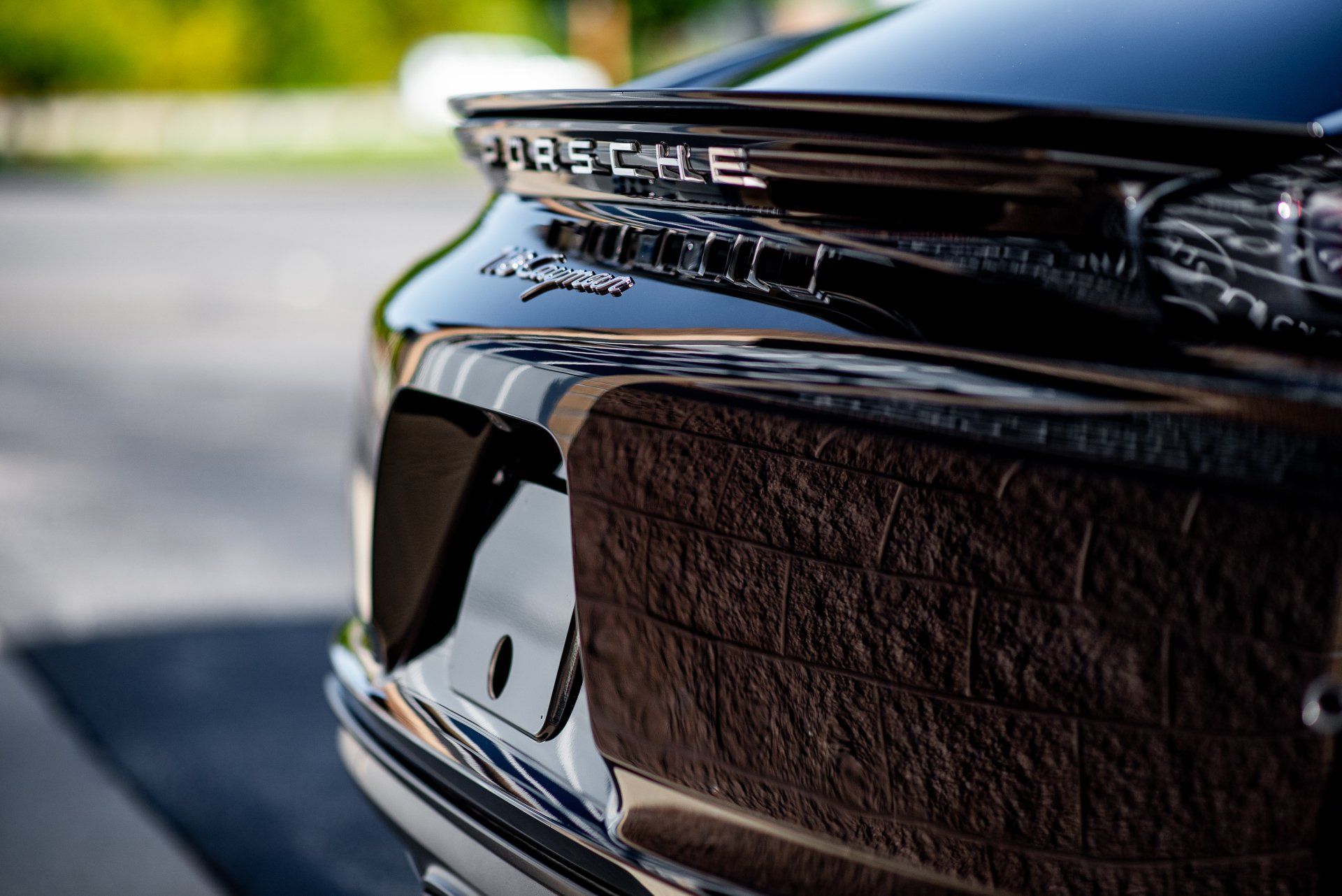Debunking Common Myths About PPF: Unveiling the Truth
Paint protection film is not only meant for posh, expensive cars. This protective layer extends a car's life, regardless of its price tag. Even the simplest of vehicles stand to gain from this shield against harsh elements on the road. So, forget the thought that this protective film is just for high-end cars. Now, let's uncover more about these common myths.
High-Def Detailing addresses various misconceptions, such as the belief that paint protection film is unnecessary for daily drivers or can't fully protect against rock chips. We provide evidence-based clarifications to ensure a comprehensive understanding of the benefits of PPF for different types of vehicles.
Common Myths About Paint Protection Film
Myth 1: PPF is Only for Expensive Cars: It's often believed that paint protection film is a luxury reserved for high-end vehicles, but the truth is, it offers protective benefits to cars of all values. Whether you drive a daily commuter or a prized sports car, a paint protection film provides crucial defense against road debris, scratches, and other potential damage. In fact, for vehicles that face frequent use on busy roads, PPF can be even more valuable due to the increased risk of wear and tear. The misconception that PPF is exclusive to expensive cars can dissuade regular car owners from considering its benefits. However, it's essential for drivers of all kinds to recognize that the value of protection extends beyond the initial price of the vehicle. If you use your car every day, especially in an urban environment, it's constantly exposed to various elements such as gravel, rocks, bugs, and other debris that can cause damage to your paint. A paint protection film acts as a shield against these hazards, preserving the appearance and reducing the need for costly touch-up paint or repairs down the road.
Myth 2: PPF Makes Paintwork Patchy:
This myth revolves around concerns that PPF might affect the appearance of the vehicle's paint finish. However, modern paint protection films are highly conformable and optically clear. When professionally installed, a high-quality film maintains the original appearance of your vehicle while ensuring long-lasting protection. Understanding the technology behind modern paint protection film is key to dispelling this myth. The film seamlessly adheres to the vehicle's contours without altering its sleek look. In addition, it serves as an extra layer of defense against UV exposure, preventing color fading and maintaining the vibrancy of your car's paint job. PPF shields your car from harm without drawing attention to itself. Investing in top-quality paint protection film ensures minimal interference with the original luster of your vehicle's paint.
The Unveiled Truth About PPF Costs
The financial aspect of installing paint protection film (PPF) on your vehicle is a crucial factor to consider. The cost can vary based on several key factors, including the size of the vehicle, the coverage area selected, and the quality of the film used. Unsurprisingly, larger vehicles like SUVs and trucks require more material for full coverage as well as additional labor during installation, resulting in a higher total cost compared to smaller cars.
- Quality Matters: When it comes to paint protection films, quality matters. Higher-quality films come with advanced features like self-healing capabilities and enhanced durability; however, they also come at a higher price. These films provide superior protection against various environmental factors, making them a popular choice among vehicle owners seeking long-term solutions. For instance, a top-quality PPF that integrates self-healing technology may have a higher initial cost but can ultimately save money by reducing the need for frequent maintenance or replacements. It acts as an investment in safeguarding the appearance and value of your vehicle over time.
- Consideration for Brand and Region: Moreover, established brands with reputations for producing high-quality paint protection films may charge a premium for their products, akin to choosing a reputable brand for any other important purchase—quality often comes with a higher price tag. Prices for PPF may differ from one region to another due to variations in the cost of living and business overhead expenses. For example, the cost of PPF installation in urban areas may be higher than in rural regions due to differences in operating expenses.
By understanding these key factors influencing PPF costs, consumers can make informed decisions when investing in protective measures for their vehicles.
How effective is PPF in the sunlight?
The sun can be a powerful force, and its ultraviolet (UV) rays can wreak havoc on many materials that are frequently exposed to it. So, it's only natural to wonder whether paint protection film can hold up when subjected to prolonged sunlight. The good news is that high-quality PPF is formulated to endure extended exposure to the sun without yellowing or cracking. This is made possible through the inclusion of UV inhibitors in the composition of the film. These UV inhibitors act like a shield against the harmful effects of the sun, helping to maintain the film’s transparency and protective properties over time. This means that your vehicle's exterior will continue to benefit from the film's protective capabilities without compromise, even after years of facing direct sunlight.
High-quality PPF products are specifically designed and rigorously tested to ensure that they can withstand the sun's relentless assault. By investing in reputable paint protection film with advanced UV inhibitors, you're ensuring that your vehicle's surface remains shielded from both physical damage and the deteriorating effects of sunlight, with minimal maintenance required. So, when weighing up the benefits of PPF for your vehicle, consider its ability to stand strong against sunlight as a key factor in maintaining your vehicle’s appearance over time. With high-quality PPF, your car remains shielded from both physical damage and the degrading effects of prolonged exposure to sunlight.
Does PPF affect the appearance of a vehicle's paintwork?
The idea that a layer of film draped over your car will mar its appearance is a common misconception. However, contrary to this belief, when properly installed, paint protection film has little to no adverse effect on the paintwork. This specialized film is deliberately designed to be optically clear, meaning it’s transparent to light and doesn't distort or obscure the color or shine of the underlying paint. Think of it like a high-quality pair of glasses for your car—evident when up close but virtually invisible from a distance.
During the installation process, PPF experts take great care in tucking and securing the edges of the film away with precision, ensuring a seamless integration with the vehicle's surface. The result? A protective layer that is virtually undetectable to the eye. Just like how a screen protector on a smartphone doesn't significantly alter its appearance but safeguards it from scratches and cracks, a paint protection film acts as an invisible shield against potential damage without altering the beauty of your vehicle's paint job.
Moreover, the film can even enhance the gloss and depth of the paint by safeguarding it from fading and oxidation caused by exposure to sunlight. By shielding the paint from harmful UV rays, PPF effectively preserves the vibrancy of your car's finish, ensuring it retains that showroom shine for longer. In summary, when professionally applied, paint protection film offers a nearly imperceptible safeguard for your vehicle's paintwork while also enhancing its longevity and visual appeal. It's not just about protection; it's about preserving and enhancing the beauty of your car.
The Impact of PPF on Your Car's Surface
So, you've heard that paint protection film acts like a shield for your car. But what does that mean exactly, and how does it work? Let's explore this protective shield and unravel the science behind it.
PPF acts as a barrier against a variety of hazards that can harm your car’s surface. When your vehicle is on the road, it faces numerous environmental threats, such as rock chips propelled by fast-moving vehicles, road salt, acidic insect remnants, and other abrasive substances. These elements pose a significant risk to the paintwork of your car, leaving it vulnerable to irreversible damage. The protective layer provided by the paint protection film is designed to absorb the impact of these hazards, shielding the original paint from harm and preserving its integrity. Without this protective film, these elements would take a toll on the exterior of your car, leading to unsightly marks and potentially costly repairs.
By acting as a resilient barrier between the car's paint and external elements, PPF significantly reduces the risk of chipping, scratching, and etching caused by these potential perils. This protection not only safeguards the visual appeal of your vehicle but also minimizes the need for frequent touch-ups and repaints. This translates to long-term cost savings by reducing maintenance and repair expenses. Moreover, investing in paint protection film doesn't just protect your car in the present; it secures its value over time. Maintaining a vehicle’s appearance is crucial for preserving its resale value. A well-maintained exterior boosts confidence and perceived value in potential buyers when you're ready to part ways with your vehicle.
Additional Facts About Paint Protection Film
So, there's a lot to consider when it comes to the buzz around paint protection film. One key standout area of PPF is its remarkable self-healing properties. Imagine a protective shield on your car that can magically repair itself! Some PPF products are crafted to do just that—they miraculously mend minor scratches and swirl marks when subjected to heat or sunlight. The way this works is that when the film is heated (from the sun or a heat gun), it softens and the molecules in the film move around, allowing the film to "heal" on its own. It's like a tiny superhero ensuring your car always looks its best. This means that your car will retain its good looks for much longer, adding value to your investment.
Imagine if your car looked newer for longer. That's exactly what self-healing paint protection does for your car's surface. Think of it like a magical cloak that automatically repairs any nicks or scrapes it encounters, ensuring that your vehicle maintains a sleek and polished appearance throughout its lifespan. But wait, there's more! Some paint protection film options also boast hydrophobic properties, similar to those found in ceramic coatings. This special feature makes the surface of the film repel water, making it easier to clean and maintain.
This hydrophobic characteristic not only keeps your car looking spotless but also plays an integral role in further safeguarding the paintwork from potential damage. By repelling water and resisting contaminants, the PPF contributes to maintaining the integrity and beauty of your vehicle’s exterior. Maintaining a clean and hydrophobic surface just got a lot easier with these advanced characteristics added to quality paint protection film options. The combination of self-healing and hydrophobic properties truly sets PPF apart as an exceptional choice for preserving and protecting your prized possession. With these revolutionary features, PPF proves itself as a front-runner in the realm of vehicle protection technology, offering an unprecedented shield against wear and tear while keeping your car looking fresh and pristine.
Cutting-Edge Paint Protection Film Service in Elkhart, IN
Ready to shield your vehicle's paint from the elements and keep it looking flawless? High-Def Detailing is proud to introduce our
cutting-edge paint protection film services in Elkhart, IN. Our premium-quality films provide an invisible layer of defense against chips, scratches, and environmental damage, ensuring your car maintains its pristine appearance for years to come. Whether you're cruising through the city streets or exploring off-road terrain, our expert team ensures a seamless application for maximum protection. Don't settle for second best when it comes to preserving your vehicle's beauty; trust High-Def Detailing to safeguard your investment and keep your ride looking showroom-new. Schedule your appointment today to experience the ultimate in paint protection. Call us at
(574) 333-9976!
